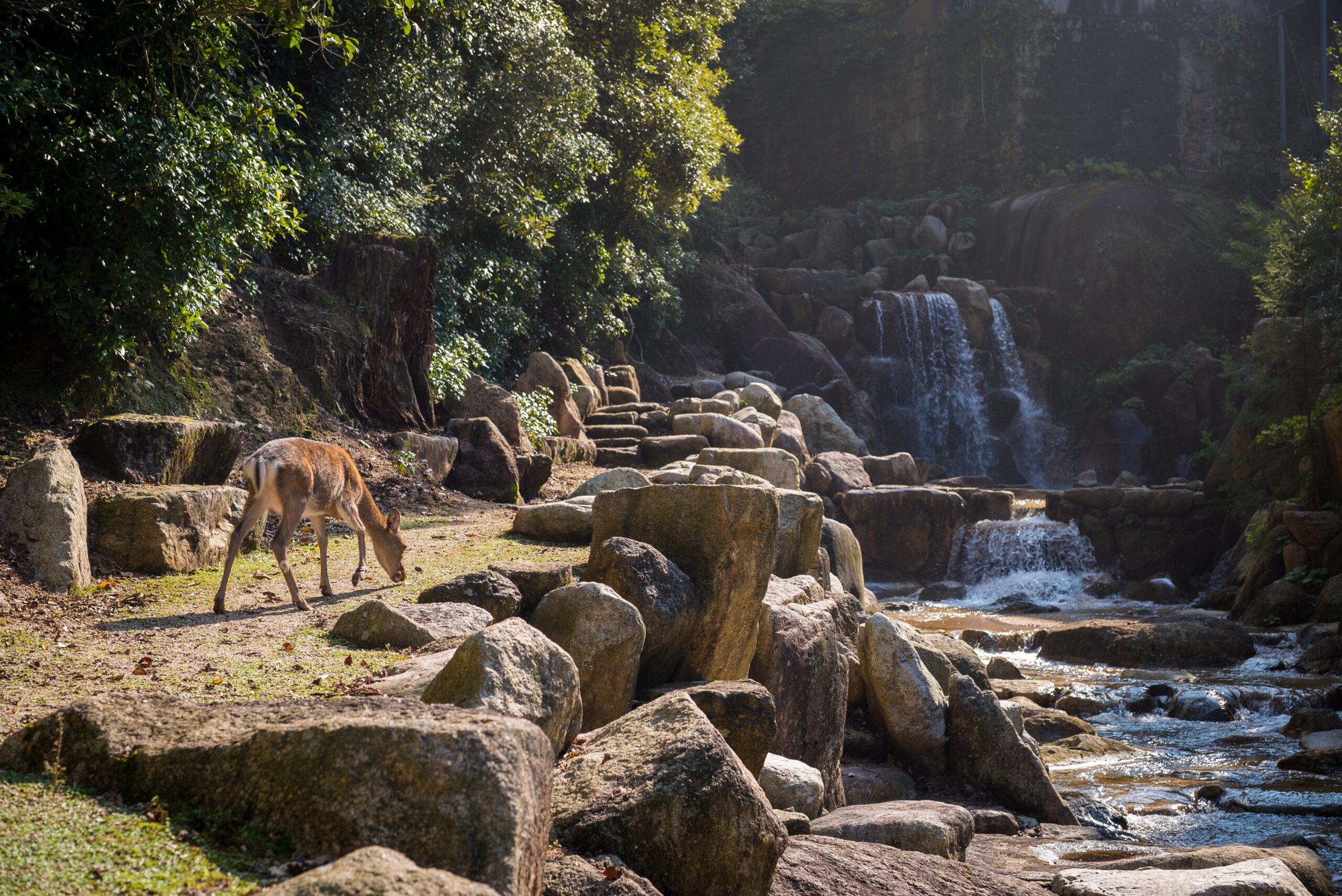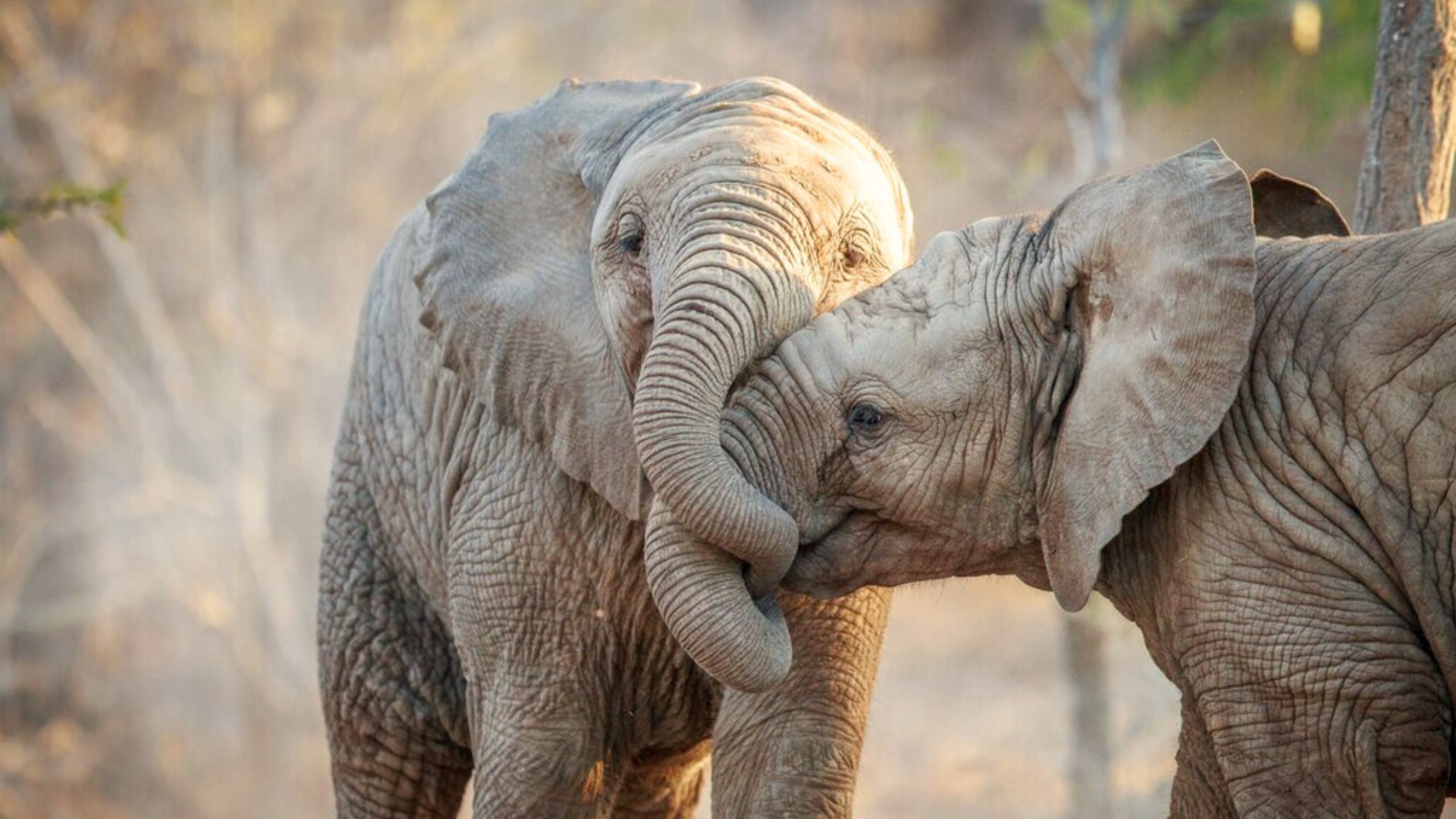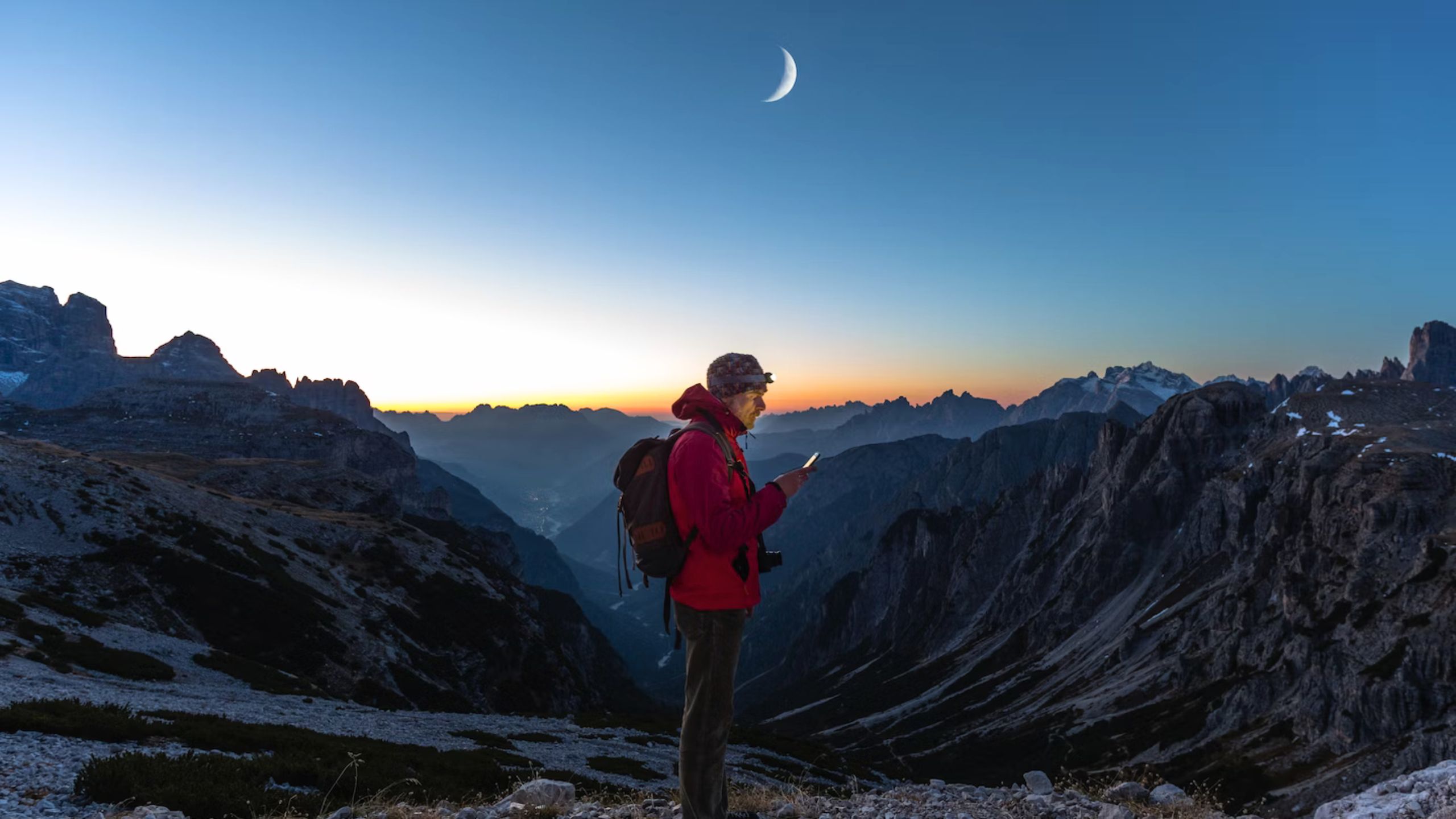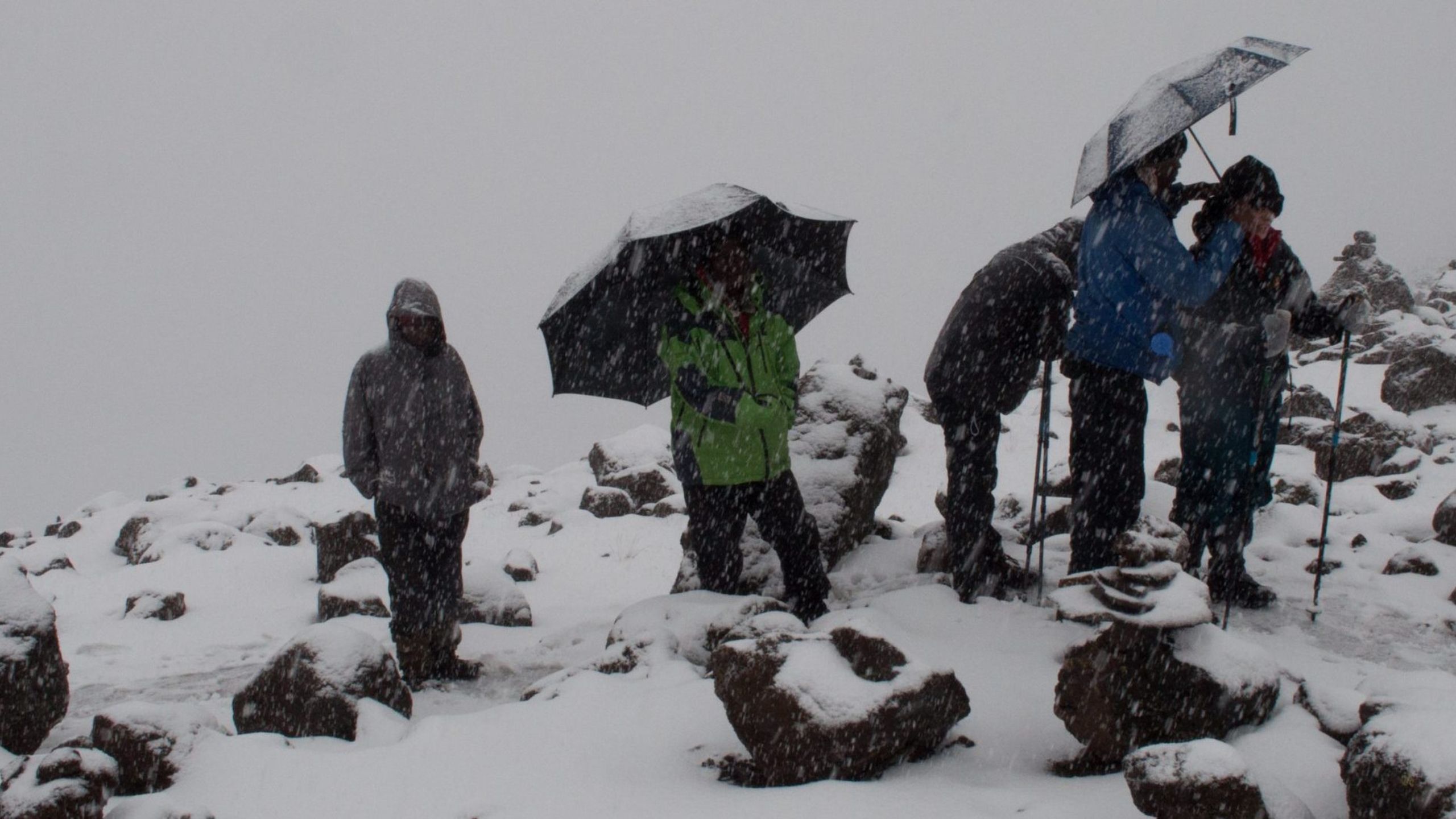Serengeti National Park is located in Tanzania and is known for its vast plains, diverse wildlife, and the Great Migration of wildebeest and other grazing animals. It covers an area of 14,750 square kilometers and is considered one of the world’s most renowned wildlife sanctuaries. In this article, we’ll delve into the history, geography, climate, flora, fauna, and activities in Serengeti National Park.
History of Serengeti National Park
The Maasai people have lived in the Serengeti for over 200 years, sharing the land with the vast herds of wildebeest, zebras, and other grazers. In the late 1800s, German explorers arrived in the area and began documenting the unique flora and fauna of the region. In 1921, the British government declared the area a game reserve, and in 1951, it became Serengeti National Park, the first national park in Tanzania. Since then, the park has grown in size and significance, attracting millions of visitors each year.
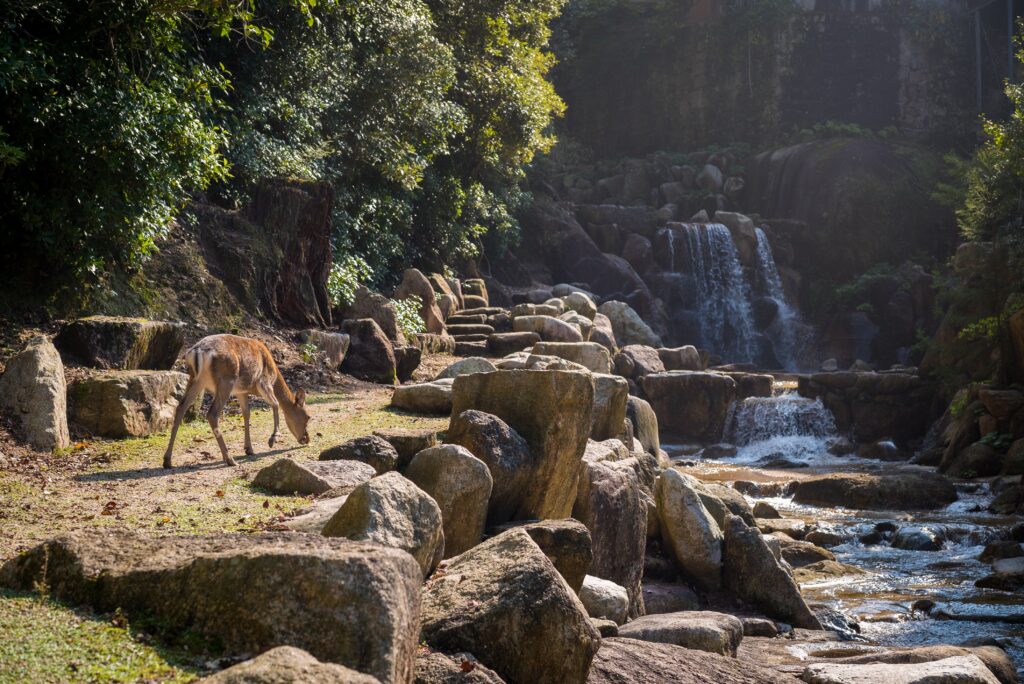
Geography of Serengeti National Park
Serengeti National Park is situated in northern Tanzania and borders Kenya’s Maasai Mara National Reserve to the north. It is part of the Serengeti ecosystem, which spans over 30,000 square kilometers and includes several other protected areas. The park’s terrain is primarily made up of vast plains, savannah grasslands, and scattered woodland areas. The park is home to several rivers and streams, including the Mara and Grumeti rivers, which provide a vital water source for the park’s wildlife.
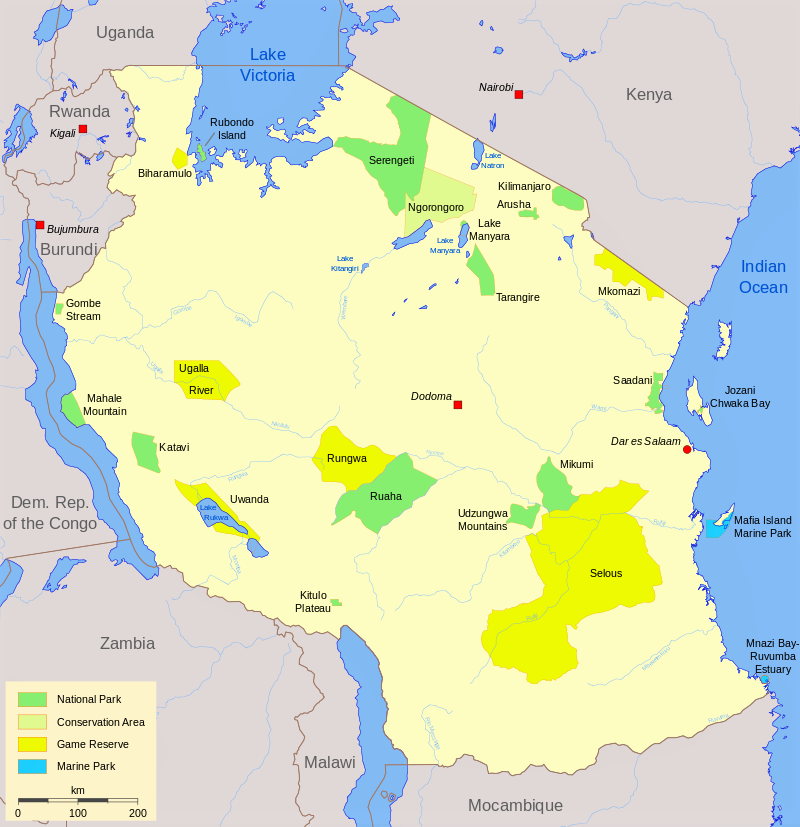
Climate of Serengeti National Park
Serengeti National Park has a tropical climate with two distinct seasons: a dry season from June to October and a wet season from November to May. During the dry season, temperatures can reach up to 30°C during the day and drop to around 15°C at night. The wet season is characterized by high humidity, frequent rain, and thunderstorms. The park’s vegetation is at its most lush and vibrant during the wet season, making it an ideal time for bird watching and photography.
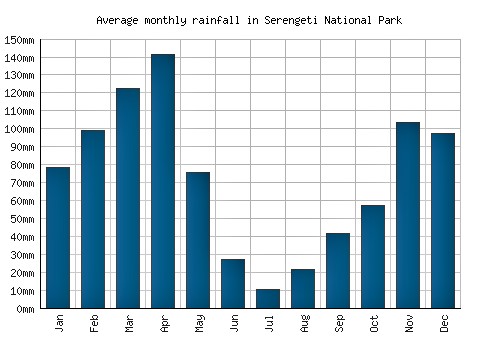
Flora of Serengeti National Park
Serengeti National Park is home to a diverse range of flora, including grasslands, woodlands, and riverine forests. The park’s vegetation is largely influenced by the seasonal rains, which determine the growth and distribution of grasses and other plants. The park’s grasslands are home to over 70 species of grass, including the red oat grass, the most common grass species in the park. The woodlands are characterized by acacia trees, which provide food and shelter for many of the park’s herbivores.
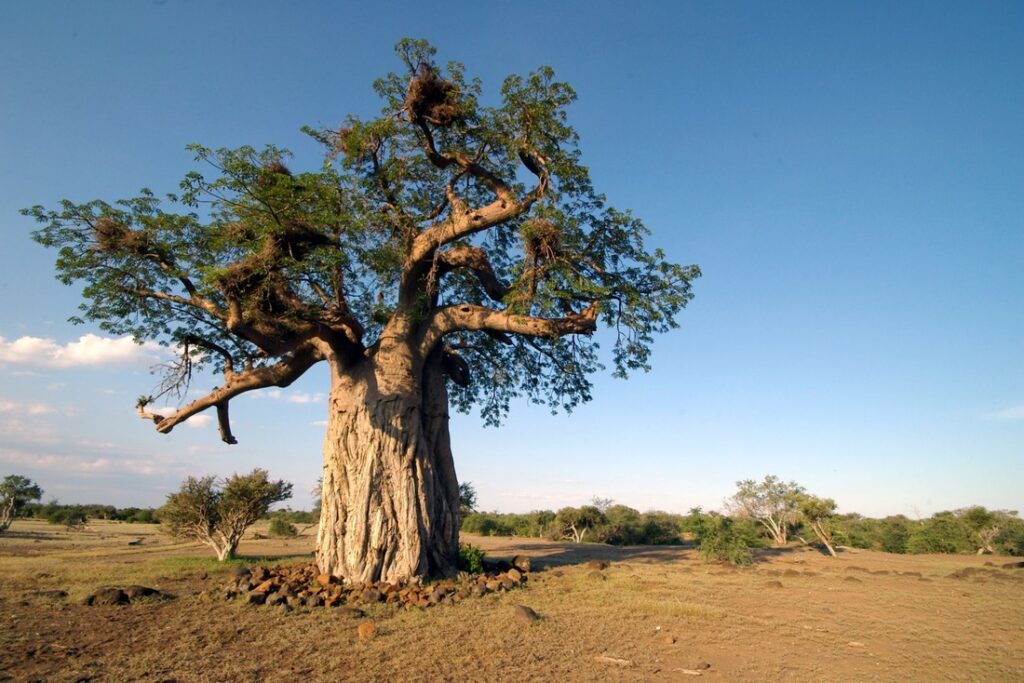
Fauna of Serengeti National Park
Serengeti National Park is world-renowned for its diverse and abundant wildlife. The park is home to over 500 bird species and more than 70 large mammal species, including the “Big Five” (lions, leopards, elephants, buffalo, and rhinos). The park is also home to several species of primates, including baboons and vervet monkeys. The park’s most famous attraction is the Great Migration, where over 1.5 million wildebeest, zebras, and other grazers move in search of fresh grass and water. The migration is considered one of the world’s most remarkable natural phenomena and attracts visitors from all over the world.
Activities in Serengeti National Park
There are several activities to enjoy in Serengeti National Park, including game drives, balloon safaris, walking safaris, and cultural tours. Game drives are the most popular activity, where visitors can explore the park in open 4×4 vehicles and spot the diverse wildlife of the park. Balloon safaris provide a unique perspective of the park, as visitors soar above the plains and watch the sunrise. Walking safaris are also available for those looking for a more intimate and immersive experience. These guided walks offer the chance to learn about the park’s flora and fauna, as well as the Maasai culture and traditions. Cultural tours are also popular, where visitors can interact with the Maasai people and learn about their way of life.

Accommodation in Serengeti National Park
Serengeti National Park has a wide range of accommodation options, from luxury lodges to camping sites. Many of the lodges and camps are located within the park, providing visitors with an immersive wildlife experience. The lodges offer comfortable accommodations, fine dining, and various activities such as game drives and cultural tours. The camping sites are ideal for those looking for a more affordable and adventurous experience. The campsites provide basic facilities such as showers and toilets, and visitors can bring their own camping gear or rent it from the campsite.

[Trending : Tanzania Safaris]
Serengeti National Park is a unique and remarkable destination that offers visitors a chance to witness some of the world’s most magnificent wildlife in their natural habitat. The park’s vast plains, diverse wildlife, and cultural heritage make it a must-visit destination for anyone interested in nature and conservation. With a wide range of activities and accommodations, there is something for everyone in Serengeti National Park. Whether you’re looking for a luxury safari experience or an adventurous camping trip, Serengeti National Park is a destination that will leave you in awe and wonder.

